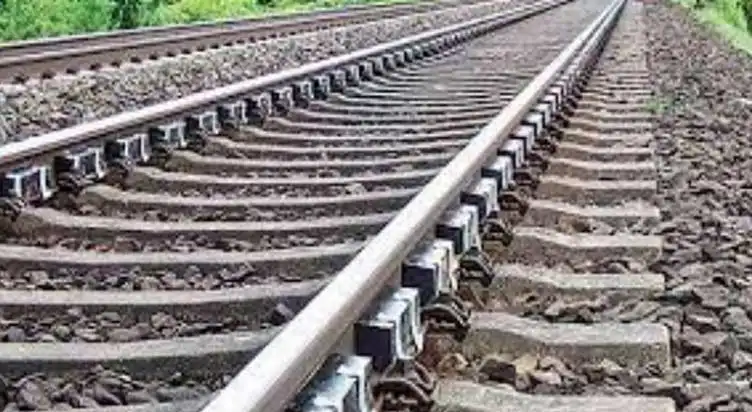Pakistan Railways has allocated a budget of Rs.1862.84 million for the purpose of rehabilitating a 518-kilometre stretch of track between Kotri and Khanpur. This initiative falls under the Immediate Track Safety Works (ITSW-I) programme.
According to an official from the Ministry of Railways, the administration of Pakistan Railways is making significant efforts to enhance infrastructure, such as tracks, bridges, and stations, despite facing financial limitations.
As part of the Karachi Port tracks rehabilitation project, a total of 24 kilometres of tracks, 17 level crossings, and seven bridges have undergone renovation. Additionally, turnouts have been replaced as part of this endeavour.
According to the official, the Railway Dry Ports located in Lahore (Mughalpura), Badami Bagh, and Azakhel have undergone upgrades.
According to the speaker, the railway track spanning 456 kilometres between Tando Adam-Khanpur will undergo rehabilitation under the Immediate Track Safety Works (ITS W-II & IMTS W-III) initiatives. This rehabilitation will involve the replacement of US components of the track, with the aim of ensuring the safety of train operations. The estimated costs for this rehabilitation are Rs. 4830.437 million and Rs. 4875.461 million for ITS W-II and IMTS W-III respectively.
An approved budget of Rs. 4930.22 million has been allocated for the renovation of track machinery, specifically aimed at enhancing the quality of track maintenance work.
In the interim, a total of 11 stations have undergone enhancements as part of the Public Sector Development Programme (PSDP) initiatives. These stations include Peshawar, Hassan Abdal, Rawalpindi, Gujranwala, Lahore, Narowal, Nankana Sahib, Raiwind, Okara, Sahiwal, and Bahawalpur.
The endeavour to enhance Main Line-I, with an estimated expenditure of $6.683 billion, has been engaged in negotiations with the Chinese party. The objective is to accomplish the ML-1 project in two distinct phases, encompassing a total of four packages.
The assets of Pakistan Railways primarily pertain to the track, spanning a total length of 11,881 km, as well as the rolling stock, which amounts to 15,699 units. It is worth noting that a significant portion of these assets has beyond their anticipated lifespan and are no longer considered to be in optimal working condition.
Accordingly, the individual stated that the department has implemented various strategies to enhance the effective maintenance of these assets. These measures encompassed augmenting the financial resources allocated for maintenance by reallocating pension funds, minimising utility expenses through the adoption of solar energy, enhancing procurement management through prioritised procurement practises, and implementing an efficient fuel management system.
According to his statement, the department is undergoing a gradual transition from manual to mechanised track maintenance practises in order to improve productivity and quality. Additionally, the department aims to enhance the governance of the maintenance system by introducing IT-related interventions such as Enterprise Resource Planning (ERP) and ensuring the availability of skilled human resources. These objectives are considered high priorities for the department.
The development framework of Pakistan Railway places significant emphasis on the crucial role of regional connectivity.
Currently, Pakistan Railway has formulated a plan to enhance its operational connections with neighbouring nations such as India and Iran, as stated by the speaker.
In addition, the official stated that there are plans to construct new train connections, such as the Uzbekistan-Afghanistan-Pakistan (UAP) Railway connectivity project via the Kohat-Kharlachi route.
